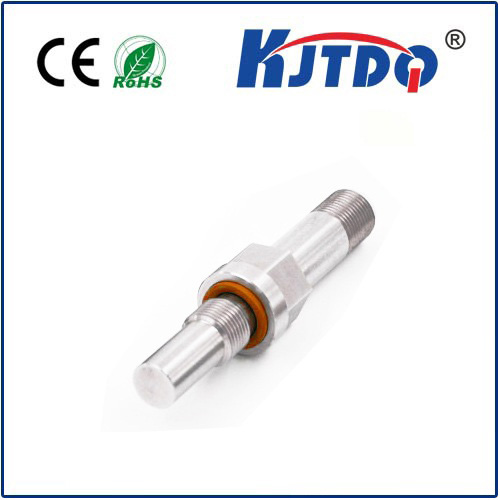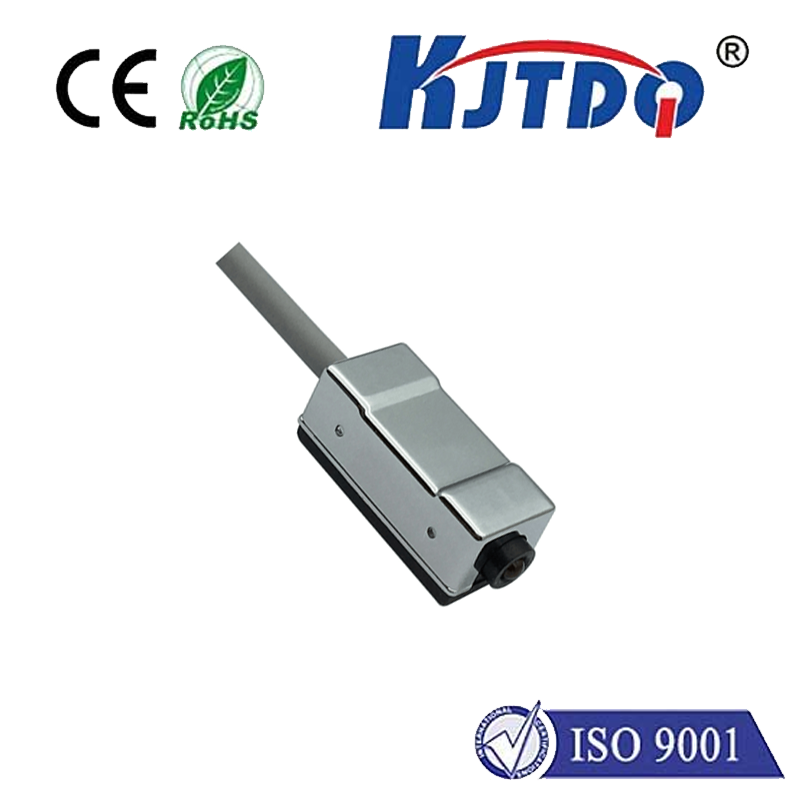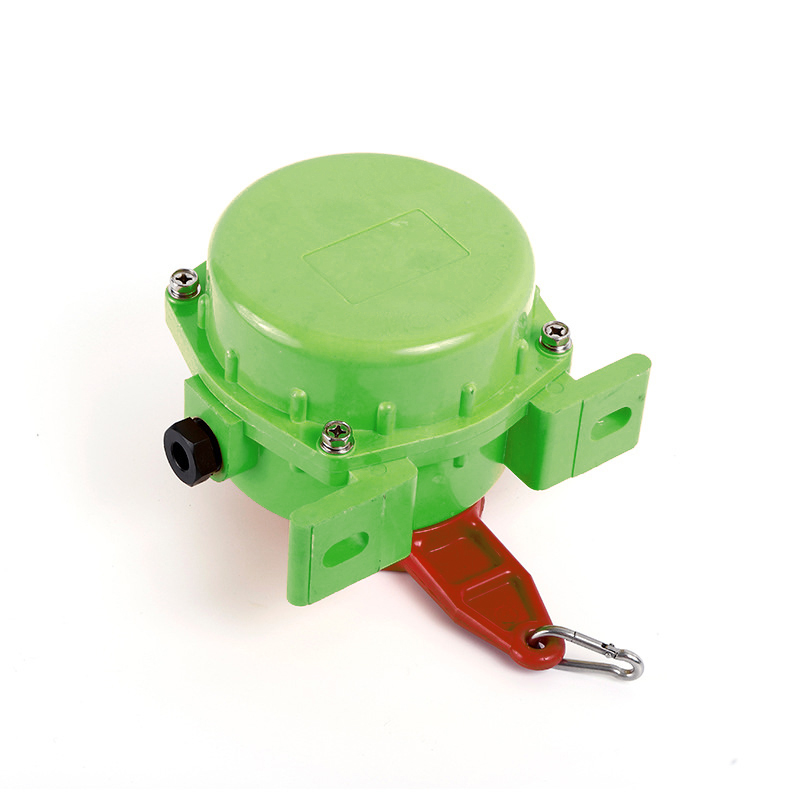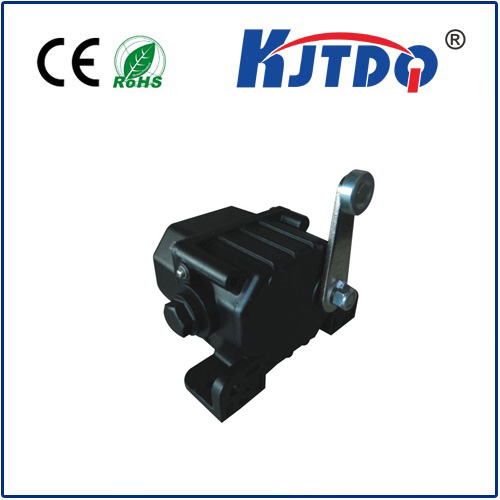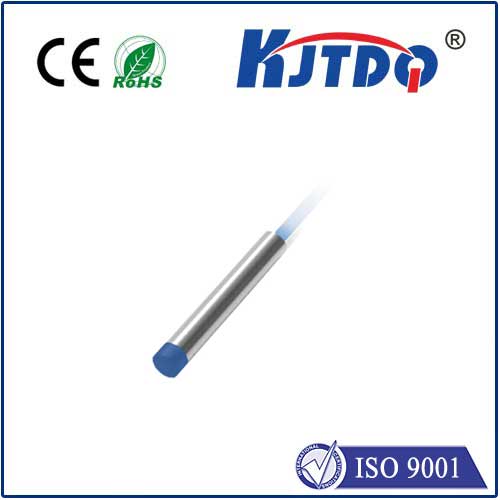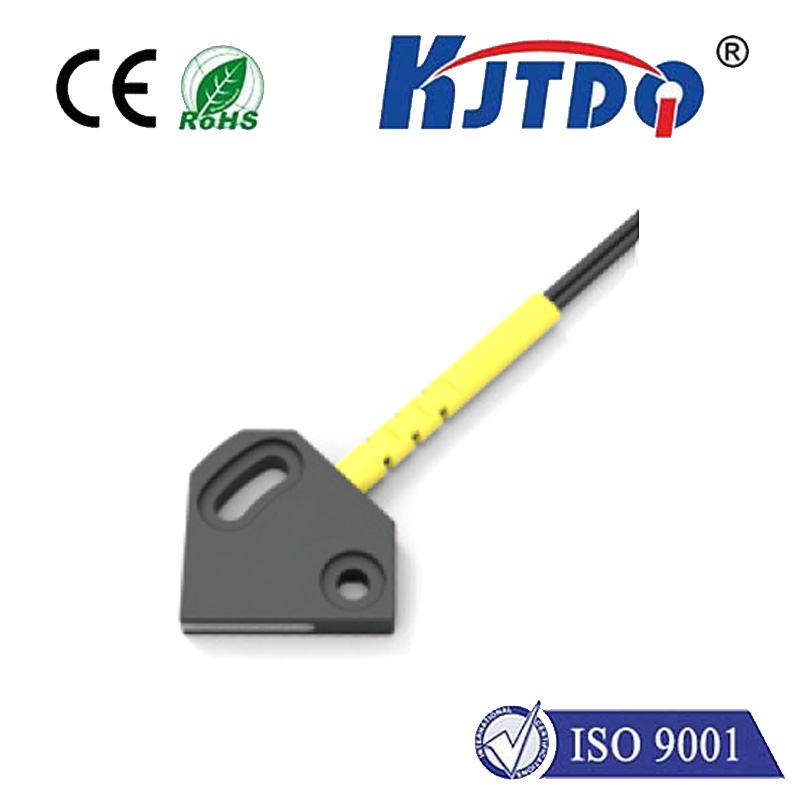E3FA-TP11 5M 5v photoelectric sensor
- time:2025-09-28 00:29:15
- Click:0
Unlocking Automation Potential: The Versatile E3FA-TP11 5M 5V Photoelectric Sensor
In the intricate dance of modern automation, reliable object detection is the silent choreographer. Machines need precise, unwavering eyes to sense presence, position, and passage. Among the unsung heroes enabling this seamless operation is the E3FA-TP11 5M 5V photoelectric sensor. This compact yet powerful device offers a blend of crucial features – a 5-meter sensing range, low 5V DC operation, and diffuse reflective sensing – making it a remarkably adaptable solution across diverse industrial and electronic applications. Understanding its capabilities unlocks significant potential for smoother, more efficient systems.
The Core Technology: Diffuse Reflective Sensing Simplified
At its heart, the E3FA-TP11 utilizes diffuse reflective technology. Unlike through-beam sensors requiring separate emitter and receiver units, or retro-reflective types needing a reflector, the E3FA-TP11 integrates both the infrared light emitter and receiver into a single, compact housing. It works on a straightforward principle:
- The built-in LED emits a beam of infrared light.
- This light travels outward and hits a target object within its detection field.
- The target object diffuses (scatters) the light in many directions.
- Some of this scattered light reflects back towards the sensor’s receiver.
- The internal circuitry detects the intensity of this returned light.
- When the intensity surpasses a predefined threshold (indicating an object is present and sufficiently close/reflective), the sensor’s output switches state (e.g., from OFF to ON).
This self-contained operation significantly simplifies installation. There’s no need for precise alignment with a separate receiver or reflector across the sensing path – a major advantage in space-constrained or complex environments. You simply mount the sensor unit facing the general area where object detection is needed.
The Power of 5V: Compatibility and Integration

One of the E3FA-TP11’s standout features is its 5V DC operating voltage. This specification is far more than just a technical detail; it’s a gateway to seamless integration:
- Microcontroller & Logic Circuit Friendly: It operates perfectly within the common voltage domain of microcontrollers (like Arduino, Raspberry Pi), PLC input modules, and various digital logic circuits. No need for external level shifters or complex power conditioning.
- Reduced System Complexity: Designing systems becomes easier. Powering the sensor directly from the same 5V rail used by control logic simplifies wiring harnesses and power supply requirements.
- Embedded Systems & Prototyping: This voltage makes the E3FA-TP11 an ideal choice for robotics, custom automation projects, educational kits, and device prototyping, where accessing higher industrial voltages (like 12-24VDC) might be inconvenient or unnecessary.
- Low Power Consumption: Operating at 5V inherently contributes to lower energy draw compared to sensors requiring higher voltages, aligning with efficiency goals.
Reaching Out: The Significance of the 5-Meter Range
The “5M” in its designation isn’t just a label; it signifies a substantial 5-meter (approx. 16.4 ft) maximum sensing distance. This extended reach offers distinct advantages:
- Flexibility in Placement: Installers have considerable freedom. The sensor can be mounted significantly farther away from the target area, allowing it to be positioned safely out of harm’s way, away from moving parts, potential impacts, or harsh environmental conditions near the detection point.
- Large Area Monitoring: A single E3FA-TP11 can effectively monitor presence over a wider zone compared to sensors with shorter ranges, potentially reducing the total number of sensors needed for a given application.
- Non-Contact Detection Over Distance: Detect objects without any physical interaction across considerable gaps – essential for applications like conveyor gap monitoring, large bin/tank level control, or verifying pallet presence on racks.
- Robustness Against Background: While diffuse sensors are sensitive to the target’s color and reflectivity, the fixed sensing distance setting on models like the E3FA-TP11 helps provide a degree of stability against variations in background objects beyond the set range.
E3FA-TP11 5M 5V: Designed for Real-World Performance
Beyond its core specs, the E3FA-TP11 boasts features ensuring reliable operation in demanding environments:
- Compact Cylindrical Housing: Its M18 threaded barrel (18mm diameter) is an industry standard, making mounting straightforward using readily available brackets or nuts.
- IP67 Protection Rating: This signifies complete resistance to dust ingress and the ability to withstand temporary immersion in water (up to 1m depth for 30 minutes). It can handle splashes, washdowns (within reason), and dusty factory floors.
- Stable Detection: Advanced optics and circuitry design provide consistent performance across varying target colors and surface finishes, though optimal performance is achieved with light-colored, reflective targets. Dark or matte black objects require significantly closer proximity.
- LED Status Indicators: Built-in LEDs clearly show power status and output state, simplifying commissioning, troubleshooting, and visual confirmation of operation.
- NPN Output Configuration (Typically): The common output type is NPN Normally Open (NO). When an object is detected, the output transistor switches ON, connecting the output wire (typically black) to the sensor’s negative/0V wire (typically blue), providing a sink path to ground – a standard compatible with many PLCs and controllers.
Where the E3FA-TP11 5M 5V Shines: Application Examples
The combination of 5V power, 5-meter range, diffuse reflective simplicity, and robust build opens the door for the E3FA-TP11 in numerous scenarios:
- Automated Assembly Lines: Detecting component presence on pallets, verifying part insertion, monitoring feed chutes, confirming robot tooling positioning near low-voltage control systems.
- Packaging Machinery: Sensing package flow on conveyors, detecting case/tray presence at sealing stations, verifying label application (on light backgrounds).
- Material Handling: Monitoring bin or hopper levels (for non-transparent materials), detecting pallets on racks or AGVs, confirming position of trolleys and carts.
- Printing & Paper Processing: Detecting paper jams, confirming sheet feed, sensing roll diameter changes (edge detection).
- Access Control & Security: Counting people or objects through doorways (where 5m range is advantageous), simple non-contact triggers for low-voltage systems.
- Robotics & Cobots: Object detection for grippers, proximity sensing for safe interaction zones near control electronics.
- Vending Machines & Kiosks: Detecting product dispensing, verifying coin/bill entry mechanisms, sensing door closure.
- DIY & Prototyping: Enabling object detection in custom robots, interactive art installations, automated home projects, and educational models powered by 5V microcontrollers.
Beyond Diffuse: Considering Alternatives
While the E3FA-TP11 offers significant advantages, it’s crucial to understand when other photoelectric sensing modes might be preferable:
- Longer Range or Opaque Targets: For detecting very dark objects or requiring ranges beyond 5 meters, through-beam sensors (separate emitter/receiver) offer superior range and reliability but require precise alignment and twice the wiring.
- Ignoring Background Objects: If the background behind the target is problematic (e.g., reflective), retro-reflective sensors with a reflector are often better






